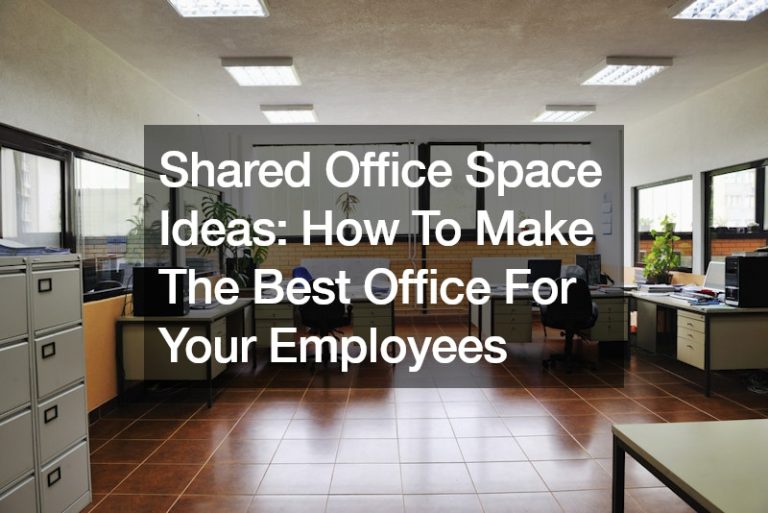The sudden change of work setup from office to home has disrupted businesses across the country. Many employees were unprepared for this shift. As a result, they’re working longer hours. They check their emails as soon as they wake up and before they go to sleep. But working longer hours has serious health consequences such as fatigue and poor sleep. Add to that the stress brought by the pandemic, it’s easy to understand why employees experience burnout and may not be as productive as before. They’re trying their best to overcome their personal challenges and perform well at work. But they can only do so much. Managers also need to do their part in supporting employees. Here’s a list of strategies that you can use to motivate your employees effectively:
Use Asynchronous Communication
Zoom meetings are convenient. They give the illusion of actually being together with colleagues to conduct meetings. But not all employees are fond of them. In fact, one survey found that among 20,000 respondents, 56% said that video calls are used excessively. For some employees, video calls disrupt their workflow. But they need uninterrupted time to complete their tasks. Using asynchronous communication can fix this problem. Before scheduling any meeting, you should check the agenda first. Assess whether a video conference call is necessary.
For example, a quick productivity checkup can be done through email instead. If you need project reports, you can first ask your team to send their files to you via email. You can further discuss the reports via messaging apps if you have concerns.
Do Regular Check-ins with Employees
Regular check-in is important in the workplace. They allow coworkers to build strong relationships and increase employee engagement. But doing check-ins too often—every day, for instance—can make your employees feel like you’re micromanaging them. And this is something you must avoid in most cases.
Micromanaging employees, especially long-term hires, can lead to negative outcomes. This method of management results in low productivity, low morale, and attrition. You can do your check-ins once a week or once a month. Either of these options is still considered regular, but not too frequent that you overwhelm your employees.
Automate Processes Where Possible
Some employees may be logging in longer hours because of too much workload. Or they might be doing repetitive tasks that keep them away from finishing other duties.
In this case, you can help your employees by automating processes. This will minimize their workload so that they can have more time to accomplish other important tasks or take a break instead.
For instance, in human resources, processes such as benefits administration and recruitment can be automated using software platforms such as ServiceNow HR service management. Or in the logistics sector, inventory tracking and distribution can be automated to create smooth workflow despite remote access.
Set Clear Working Parameters
The work-from-home setup has made the line between work and home unclear. Before the pandemic struck, employees had a physical transition from office to home. Thus, they knew when they were expected to work (in the office) and when they could take a break from it (at home).
But this physical transition no longer exists. You can help your employees reclaim the boundary between work and home through ground rules.
For instance, avoid scheduling weekend meetings. After each eight-hour workday, check whether your employees are still online. If they are, consider asking them what’s keeping them from logging off. Encourage them to end the day and continue tomorrow, especially if their remaining tasks aren’t urgent. When your employees see that you’re helping them achieve work-life balance, they will thank you through the quality of their performance and output.
Celebrate Wins

You can motivate your employees by celebrating their wins. Receiving recognition will empower your employees and make them feel appreciated. In turn, they will want to work harder.
One simple way to celebrate a win of an employee is by sending a congratulatory email. You can also start one of your video meetings by mentioning employees’ accomplishments. This way, you create a positive mood and engage employees effectively.
Giving your employees surprise gifts can also help you improve morale. This gesture may have a better effect on employees than video meeting shout-outs and emails. You could send them e-gift cards to their favorite food places or food delivery services.
The uncertainty and anxiety brought by the pandemic can hinder employees from performing well at work. Managers can give employees the extra push to boost their productivity by their raising morale and using effective communication.











